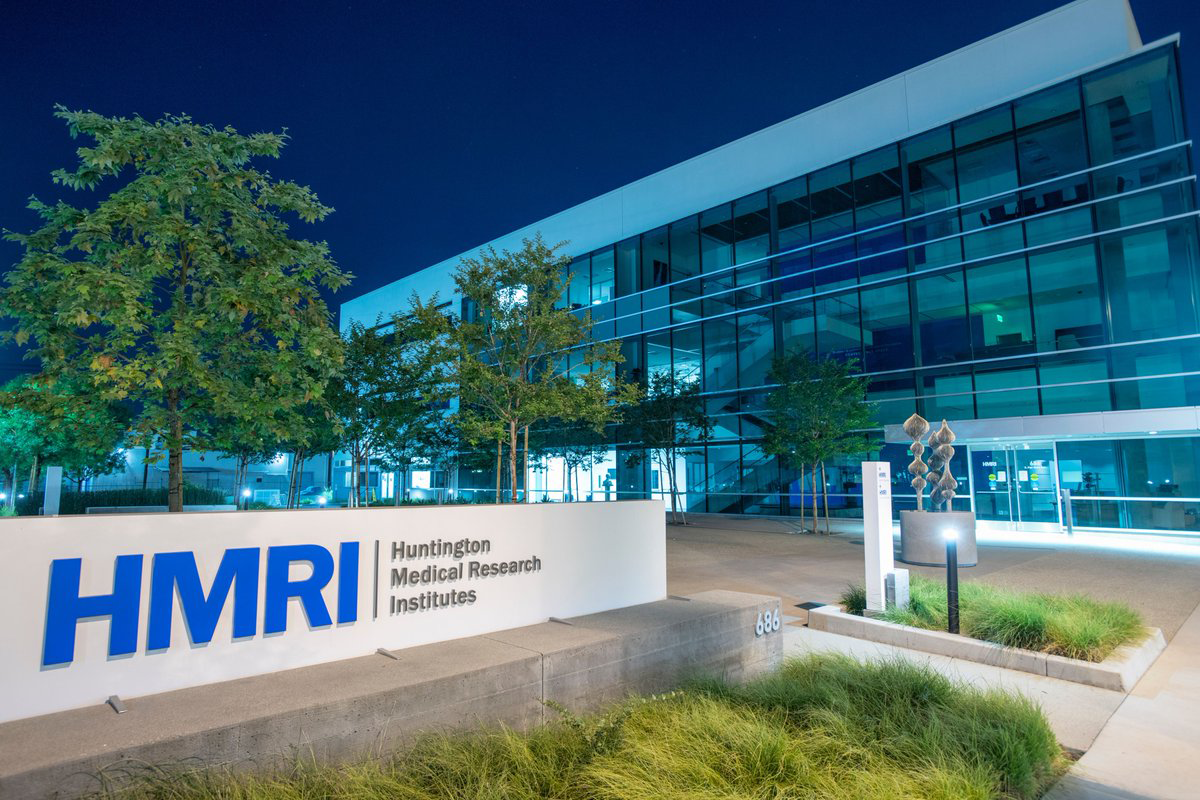HUNTINGTON MEDICAL RESEARCH INSTITUTE
AN OPEN SCHOLAR CASE STUDY
How Huntington Medical Research Institutes quickly launched new lab websites that increased visibility and reflects their diverse, modern brand.
THE CHALLENGE
Huntington Medical Research Institutes (HMRI) began in the 1950s as a combination of two research institutions: Pasadena Foundation for Medical Research (PFMR) and the Institute of Medical Research of Huntington Memorial Hospital. After years of growth, mergers, and scientific breakthroughs, today HMRI is a leading independent biomedical research organization in Pasadena, California. In 2018 it opened state-of-the-art laboratory facilities for researchers in the areas of neurosciences, cardiovascular disease, and the brain/heart connection.
In 2021, HMRI rebranded and launched a new main website to reflect its new research campus. But it did not have dedicated websites for each of its six principal investigators and their labs that studied diverse areas ranging from vaping to COVID-19 to migraines.
HMRI wanted to:
- Showcase their new “science unshackled” brand positioning with innovation at the lab level.
- Build out content around their 3 focus areas: heart, brain, and vascular intersection between the two.
- Grow beyond “the best kept secret in Pasadena” to attract national talent, funding, and collaboration opportunities.
THE SOLUTION
OpenScholar worked with HMRI President and CEO Julia Bradsher and Head of Marketing Katie Robbins to:
- Meet with principal investigators and understand their lab website needs.
- Create HMRI branded lab website themes that projected passion and hope.
- Build their first lab websites for the The Angiogenesis and Brain Development Laboratory.
- Lead trainings to teach lab leaders how easy it is to update their sites.
THE RESULTS
HMRI now has a scalable way to launch and update lab websites, becoming more visible in the scientific community outside California.
Their lab templates are designed to:
- Increase research visibility
- Attract federal and private funding
- Facilitate collaboration
- Boost site traffic and donations
- Build brand and press opportunities

